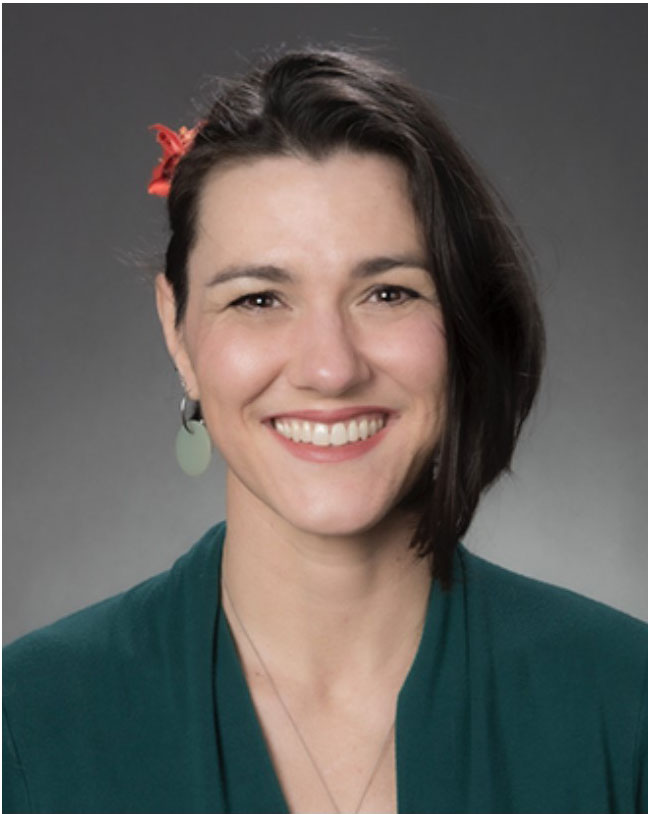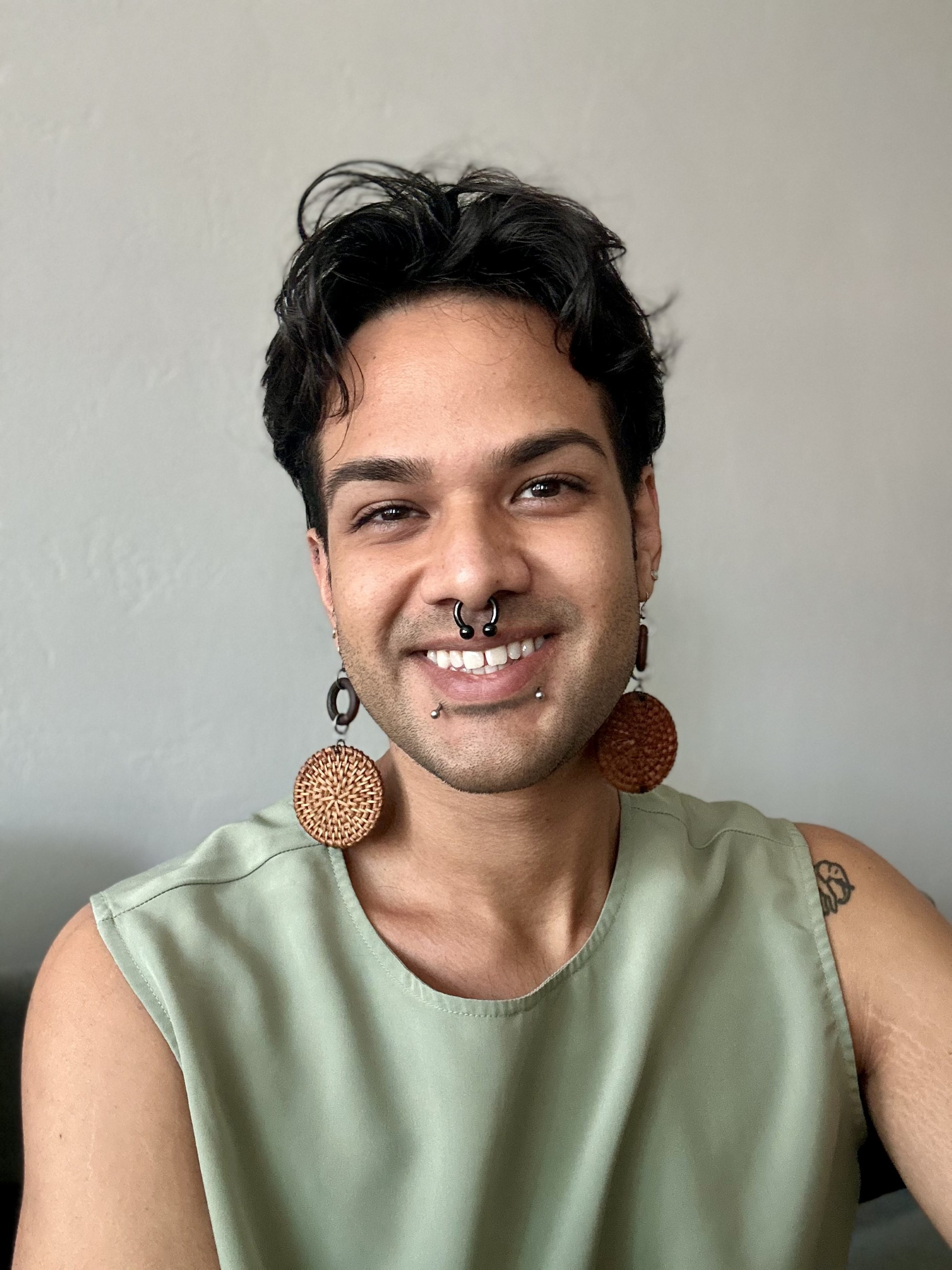Clinical Massage Therapy =
Clinical Massage Therapy =
Clinical massage therapy refers to the use of touch through kneading and manipulating the soft tissue of the body to aid with circulation, relaxing the muscles, and addressing problem areas. Massage is one of the oldest and most accessible forms of therapy.
The goal of clinical massage therapy is to increase your overall health and wellbeing through addressing the root causes that may be creating physical, mental, or emotional distress.
Additionally, touch is an essential part of wellness. As humans, being touched helps us feel connected and loved by others and positively impacts our mental and emotional health.
In our clinical massage sessions, we work with you to outline goals for your treatment plan and then provide hands-on therapy for 50-80 minutes, depending on your needs and long-term goals.
At Community Wellness Collaborative, receiving regular massage is a primary pillar of your integrated wellness plan.
Our Practitioners

Amanda Joy Spitzfaden, CMT
Focus Areas:
- Circulatory
- Deep Tissue
- Myofascial Release
- Tui Na
- Manual Lymph Drainage
- Reflexology and Reiki

Crystal Rose Tank, CMT
Focus Areas:
- Circulatory/relaxation
- Deep tissue
- Lymphatic massage
- Muscle Energy Techniques (MET)
- Pre-natal
Crystal Rose Tank, CMT is dedicated to helping you “feel better in the skin you’re in” and specializes in tailoring your massage to you and your body’s specific needs.
Crystal Rose draws on her expert skills in Swedish, Therapeutic Deep Tissue, and Acupressure to create a custom massage. Additionally, with training in pre-natal massage and medical massage, Crystal Rose serves pregnant and geriatric patients with the same high quality of care.
A San Diego native, Crystal Rose obtained her massage training from Mueller College of Holistic Studies, learning from Bill Mueller, himself. Crystal Rose continued her studies of the human body, and its pathologies, at SouthWest Institute of Healing Arts (AZ), Mesa Community College (AZ), and most recently at Bastyr University (WA).
Crystal Rose strives to help her patients identify sustainable and attainable lifestyle changes they can make and maintain because she believes small, incremental changes that are attainable and sustainable create meaningful shifts over time. In agreement with this belief, Crystal Rose uses the least invasive treatment approaches possible to move her patients toward their health goals.
While she has undergone a heavy course of schooling and is considered an expert in the body, Crystal Rose maintains she can only act as a trail guide for her patients as they hold the power of healing within themselves.
Crystal Rose has been providing professional therapeutic massage for over 15 years.

Jeffrey Rodriguez, CMT
Focus Areas:
- Swedish
- Deep Tissue
- Myofascial Release
- Tui Na
- Manual Lymphatic Drainage
- Prenatal
- Trigger Point Therapy
- Thai
Jeffrey Rodriguez, CMT a Southern California native, has called San Diego home his entire adult life. He is a graduate of Pacific College of Health Sciences (formerly Pacific College of Oriental Medicine) and is a certified Manual Lymphatic Drainage Therapist through Klose Training. While he officially started his professional massage career in 2021, his passion for understanding the body began two decades earlier, as he was always eager to offer massages to friends and family.
Jeffrey has always felt a connection to those he touched, but it wasn’t until he found Eastern medicine and explored holistic health that he truly understood this connection. Jeffrey maintains that he is not the healer but instead, a guide to create a harmonious environment within your skin so your body can heal itself. His main goal is simple - influence a free flowing, deeply connected life. He does so by blending the appropriate modalities to address each individuals needs. His expertise includes but not limited to Deep Tissue, Manual Lymphatic Drainage, Myofacial Release, Prenatal, Swedish, Trigger Point Therapy, Thai, and Tui Na.
Jeffrey is a proud member of the LGBTQA community and eagerly seizes every opportunity to support it, fully aware of the challenges that can arise. In his free time, if he's not enjoying a city walk, relaxing at the beach, or spending time with his niece at a local park, you can bet he's rocking out at local band shows.
What are the Benefits of Regular Massage and How Often Should I Schedule?
We hear from our clients that regular clinical massage sessions keep them feeling good, inside and out. Massage can help mitigate painful symptoms, rehabilitate your mobility, or just give you a place of rest and allow you to relax and practice self care.
If you’re coming in consistently, you might expect any of the following benefits:
So what exactly constitutes “regular” clinical massage? The answer really depends on your situation and your goals. Generally, we see clients that fall into these three main categories:
Goal 1: General Health and Relaxation
For general health and relaxation, clinical massage 1-2 times per month is recommended. This is ideal for those who are under light to moderate stress and would also include people who are sedentary or who exercise only occasionally.
Goal 2: Stress Management
For those who have high-stress occupations or living conditions or perhaps exercise often, a higher frequency of massage therapy is recommended. In this case, weekly or bimonthly clinical massage therapy helps the individual cope with their stress and muscular tension.
Goal 3: Pain Reduction and Management
If you’re looking for relief from conditions like fibromyalgia, lupus, carpal tunnel syndrome, TMJ disorder, or chronic low back pain, this is your category. Pain management requires a “diminishing frequency” approach.
As an example, if you’re in severe pain but do not require medical intervention, we’d recommend 2 sessions in your first week. This might continue for the second and third weeks of your treatment, depending on how you respond. However, as your pain decreases, so do the number of sessions you’ll need each week.

